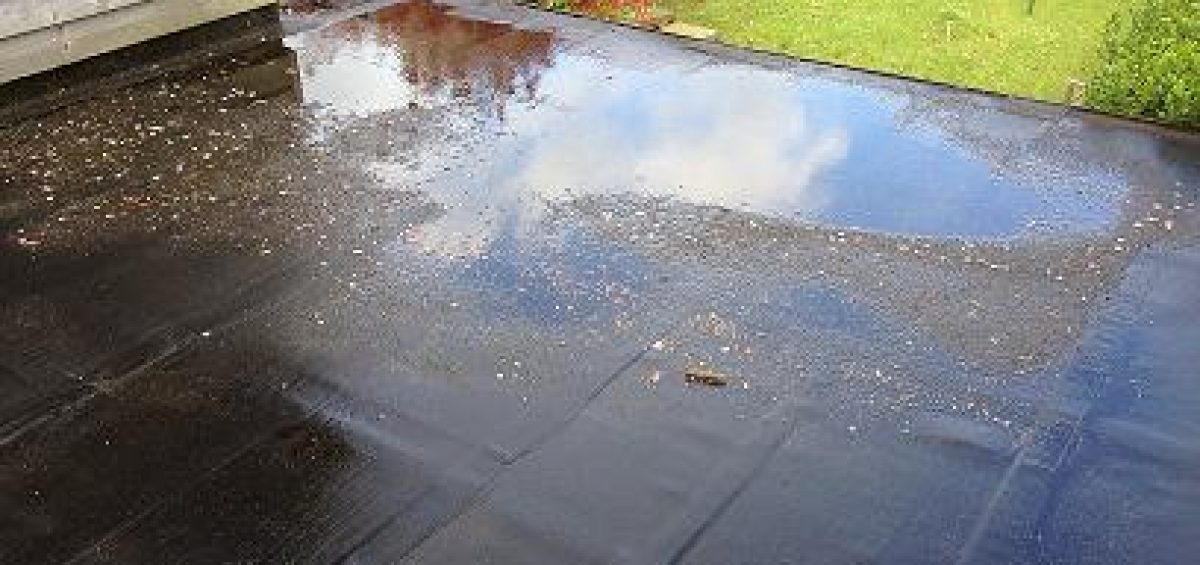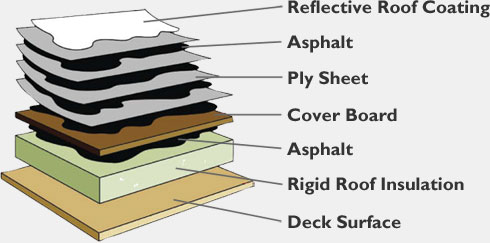They can be partially loose laid and held down with river rock ballast requires roof structure to support the weight or fully adhered to the roof deck.
Why do people put river rocks on flat roofs.
Gravel is used on flat roofs for two reasons.
On many flat roof low slope commercial buildings it s common to see gravel on top of the roof.
The purpose of stone or gravel ballast on a flat roof it is not unusual to find a gravel top coat on commercial roofing systems.
That s all there is to it.
Rocks are placed on commercial flat roofs for many different reasons.
People have begun stacking rocks on top of one another balancing them carefully and doing this for unknown reasons though.
There are different types and weights of gravel used on flat roofs for these purposes.
Yet a perplexing practice has been gaining ground in our wild spaces.
It has a very low slope between 1 4 to 1 2 inch per foot so that it drains water.
Putting a thin layer of gravel usually river gravel for the smooth edges on top of the top tar layer will keep the tar from running as much during hot weather thus reducing the risk of a leak developing.
Have you ever wondered why contractors install gravel on flat roofs.
But such a low slope holds snow and water much longer than a steeply pitched roof and therefore needs a very different material to stay watertight.
The gravel prevents sun hail errant baseballs etc from damaging the membrane the all important moisture seal created by the tar paper and tar.
Flat roofing is not actually flat.
It also provides a safer cleaner more stable footing for anyone on the roof as well as protecting the roof from that person s weight.
The stones keep the tar paper in place and prevent it from buckling or blowing away in a high wind.
Though primarily confined to built up asphalt roofing systems it can be applied to single ply epdm rubber based membranes as well.
To weigh down or secure the roofing material as is the case with single ply flat roofs.
Membrane roofs are attached in a variety of ways.
If the roof is what is called a ballast roof it is not fastened or adhered down throughout the whole roof.















































